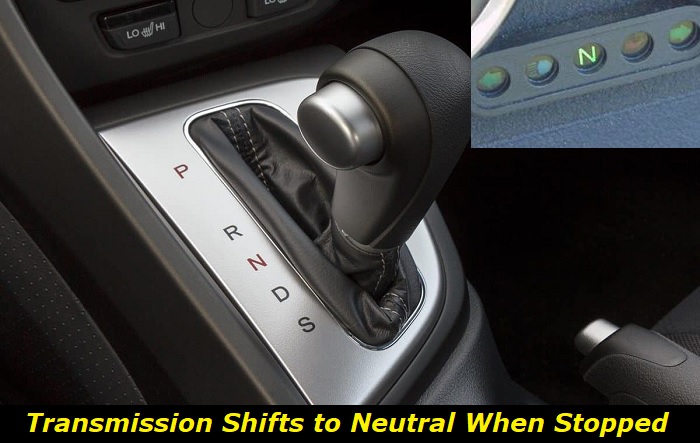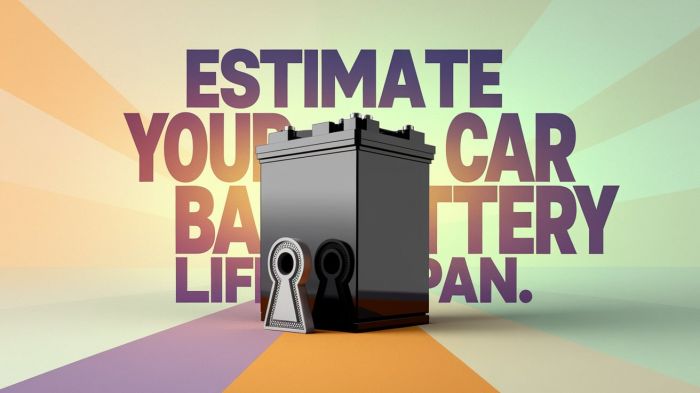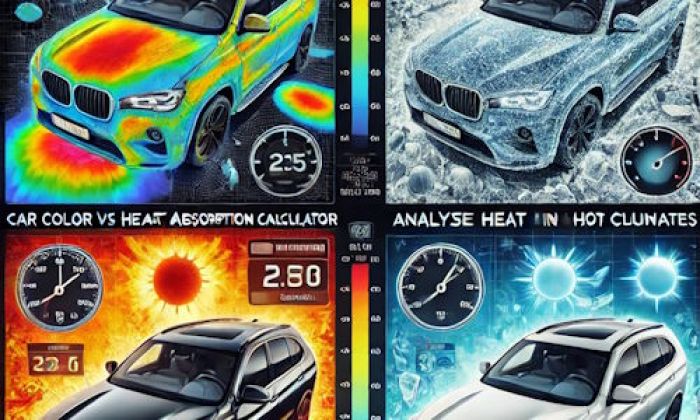If your vehicle goes to neutral when stopped, it's usually connected to the low fluid level and issues with shifting. But it may also be the problem with the valve body, torque converter, or the first gear. Any of these problems can make your vehicle shift to neutral whenever you stop the vehicle and then you will have to shift it to any other mode to start driving.
Transmission issues highlights
- Level of importance:Medium
- Reasons:TCM problems, low fluid, shifter issues
- Needed expertise:High
- Needed tools:Professional tools set
- Time taken:3-8 hours
- Can you drive? Yes, if possible
- Possible issues:Torque converter damage, overheating, TCM damage.

Transmission goes to neutral - why?
So, the problem is usually described as follows. You drive just well and everything shifts as needed. But whenever you stop the car completely, the transmission shifts to Neutral. You can see N illuminating on the dashboard and when you release the brake and try to drive, the car just revs after you press the gas pedal.
This means that after you stopped the car, your transmission automatically went to Neutral. But why can this happen?
Here are the possible reasons:
- Low level of transmission fluid. This is the most obvious and common reason to mention. When the fluid is low, the transmission just can't hold the load when you press the brake and come to a full stop. It will shift out of the first gear to avoid damage.
- Transmission control module glitch. In newer types of transmissions, there can be a separate electronic module that controls the transmission. It's not surprising that it can fail as any other electronic control module.
- The first gear damaged. One of the gears in the transmission can be damaged. This will mean that the transmission just can't stay in the first gear and has to shift out to avoid grinding the gears even more.
- The pressure of the fluid is not high enough. This may happen because of the contaminated valve body, bad solenoid, dirty fluid, low fluid level, or malfunctioning pump. This is one of the most serious issues that requires additional inspection.
- Clutch problems. Automatic transmissions of all types have different kinds of clutches. They can be worn out and can also malfunction leading to issues like stalling or shifting out of gears.
These are not all the possible reasons. I only listed the most obvious and common problems that may trigger this unusual symptom. Unfortunately, almost all of these reasons are quite hard to diagnose and even harder to repair. The best thing is the low fluid level - you can top it up or change the fluid and keep driving.
But if the problem is more serious and requires a lot of repair work, the price of getting your transmission back to life may be surprisingly high. Sometimes, buying a used remanufactured transmission is much better than repairing the old one. Especially, if the unit has more than 150,000 miles on it.
Solving the problem - all your options
So, to solve the problem, you may choose one of the following options:
- checking and topping up the fluid in your transmission;
- diagnosing the unit in a professional shop or dealership;
- repairing the transmission if you eventually find the actual problem;
- buying a used transmission and installing it, selling your old unit as scrap;
- buying a new transmission (worth it if the car is still fresh and has low mileage on it).
The cheapest thing is to top up the fluid - this will just cost you several bucks for the fluid and up to $50 for labor. But unfortunately, this won't help in all cases. All other options are very labor-intensive and will take a lot of money out of your pocket.
It's important to diagnose the vehicle well so that you know the actual problem. Without proper inspection, it's not a good idea to start investing in your car. You may spend $3-4 thousand dollars and eventually find your transmission shifting out of the first gear at every intersection.
Can you still drive when this happens?
Yes, hypothetically, you can drive with this problem without serious risk for the transmission or other parts. But make sure that nothing else happens when you drive. If you feel that the car sputters or the transmission punches when shifting, it's a clear sign that you should head directly to the dealership or to a good repair shop.
If you keep driving under these conditions, it's very possible that your bill in the shop will get three or four times bigger than it could initially be.
If you only notice the transmission shifting out of Drive, you can drive further carefully. But it doesn't mean that you can ignore the problem.
Here's what you should do:
- first of all, start driving carefully and remember about this problem in your car;
- shift to another drive mode (S, L, or 1, 2) and see if this problem repeats in that mode;
- shift to another mode and then back to Drive to get your car going after it shifts to Neutral again;
- check the transmission fluid if you have access to the dipstick in your car;
- see if there are any warning lights or error messages illuminating on the dash;
- try noticing any other symptoms of transmission problems.
Ignoring the problem is not an option. This issue certainly shows that your transmission doesn't feel well and it obviously requires some help. While in older types of transmission, you can at least top up the fluid, in almost all newer types, you will not be able to check anything. So, your only option is to seek professional help.
So, you can drive when your car starts shifting to Neutral when stopped, but the best place to drive to is a good repair shop. Don't ignore the issue.
What to do if the car doesn't go to D, only shifts to Neutral?
In this case, you obviously have more serious problems with the transmission. It can't go to the first gear and there are numerous possible reasons for that. You can't drive like this because you just can't get your car moving.
Here's what you may try:
- Shift to 2 or 1 modes. They command your transmission to not shift higher than 2 or 1 correspondently. Maybe, the car will start moving.
- Try using paddle shifters. If your car has paddle shifters, use them when the shifter is in D. It may shift out of Neutral under these commands.
- Try using Sport mode (S) or low gears (L);
- Try deactivating all-wheel drive if you have this possibility in your car.
- Try turning the vehicle off and then on again - this may help reset the transmission control module.
- Try disconnecting the battery for several minutes to reset the control modules.
If nothing helps, you may also try driving in Reverse and parking your car in a safe place. After that, you will most likely need some help from a tow truck. Without this, moving your car to the dealership or repair shop will be almost impossible.
Unfortunately, if you tried everything to get your car moving, the only method that you are left with is paying money to professionals.
What will happen if you ignore the issue?
In most cases, shifting out of Drive should be considered a very serious issue. This may be the last step before your transmission fails fatally and requires replacement. But when it's still running, you can still do something to prolong its life.
If you just keep driving shifting between S and D when needed, the transmission will most likely live several months or even less than that. After this period, the transmission will eventually fail and will most likely be too hard and expensive to repair.
I strongly recommend going to a good repair shop once you have this situation with your transmission. This is extremely serious and you may end up paying thousands of dollars while now you may need to pay a hundred bucks for topping up the fluid.
It's important to choose a proper repair shop. Dealerships will take a lot of money even for an inspection. While not all repair shops are really good in terms of dealing with transmission problems. Find a good mechanic who can really help you with the issue and find the exact problem that causes it instead of changing every part and trying to guess the reason.
About the authors
The CarAraC research team is composed of seasoned auto mechanics and automotive industry professionals, including individuals with advanced degrees and certifications in their field. Our team members boast prestigious credentials, reflecting their extensive knowledge and skills. These qualifications include: IMI: Institute of the Motor Industry, ASE-Certified Master Automobile Technicians; Coventry University, Graduate of MA in Automotive Journalism; Politecnico di Torino, Italy, MS Automotive Engineering; Ss. Cyril and Methodius University in Skopje, Mechanical University in Skopje; TOC Automotive College; DHA Suffa University, Department of Mechanical Engineering






Add comment